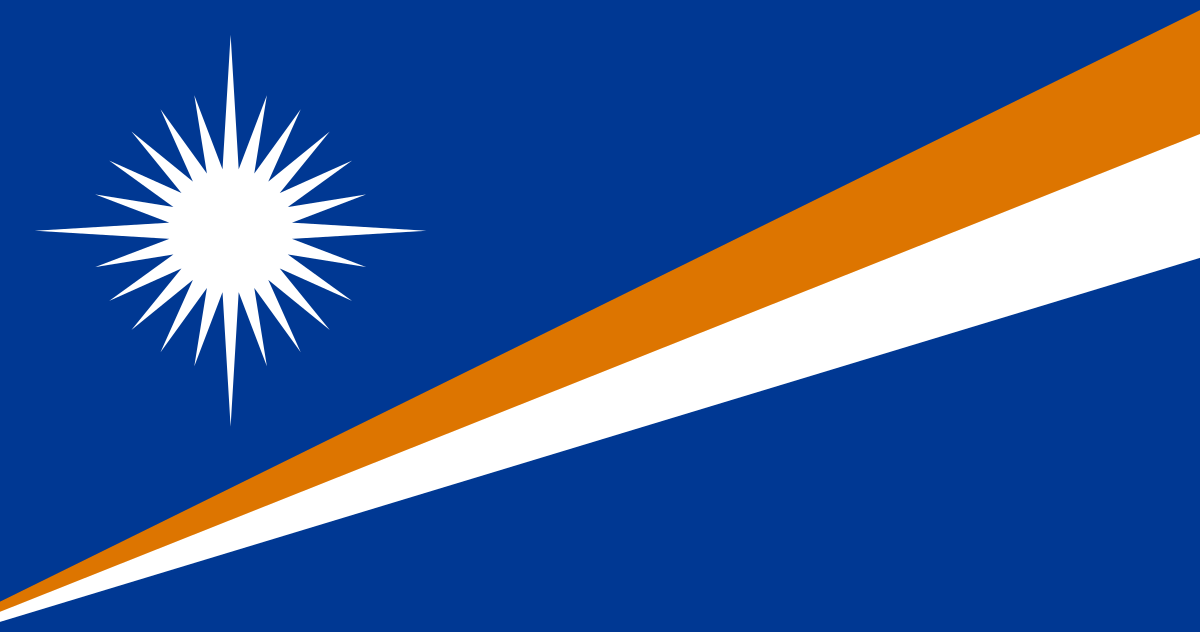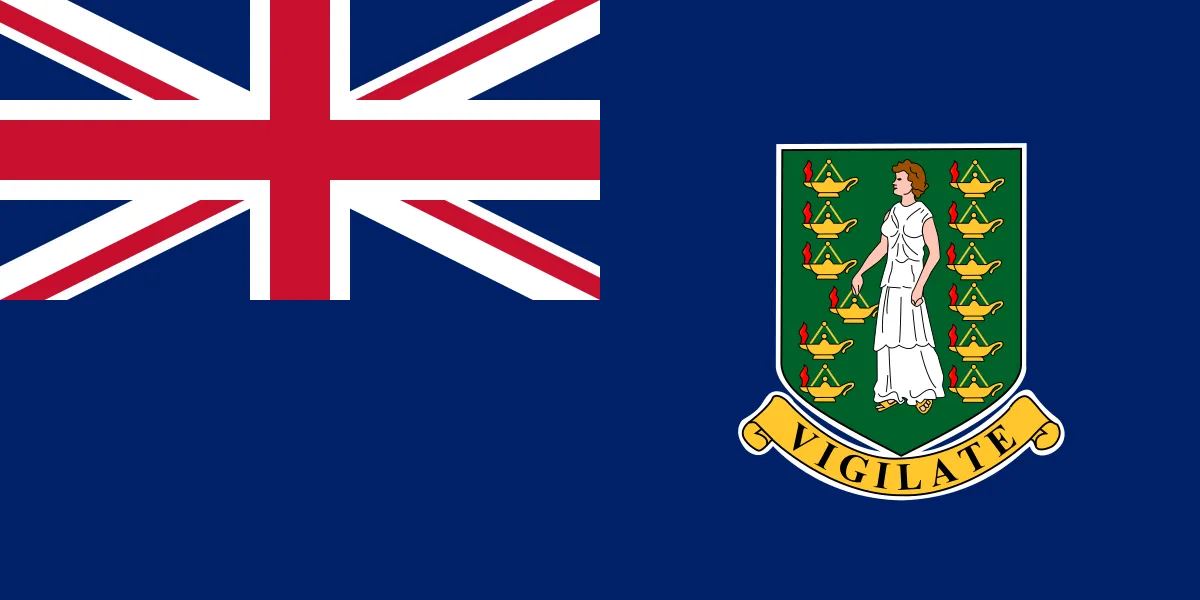Treasury Management 🪙

Version: 1.01
Proposal:
ZHFP 0.0.0.1
Last updated: 9 April 2024
Treasury Management: The Zettahash (ZH) DAO Treasury is managed autonomously through a smart contract on the blockchain, ensuring that no individual, including Elected Members, can directly access the funds.
Community Proposals: Members can propose how to utilize Treasury funds, which are not owned by ZH DAO but are used to organize and manage the allocation process.
Fund Allocation: ZH DAO may allocate funds to support projects, initiatives, and activities that align with its objectives. The allocation is determined through a democratic voting process.
Treasury Safeguards
To fortify the treasury against vulnerabilities and ensure its strategic growth, our decentralized organization adopts a tripartite system reflecting principles of checks and balances akin to modern democratic systems. This structure is designed to secure and imbue the treasury with transparency, accountability, and community engagement.
1. Elected Member - Executive Branch: This branch is the linchpin of decision-making and execution within our treasury management framework. Elected Members (EMs) are tasked with the strategic allocation of resources, investment decisions, and the operational management of the treasury. They operate under strict governance protocols to ensure that every decision aligns with the organization's objectives and ethical standards.
2. Attorney/Judicial Branch: Serving as the guardian of legal compliance and ethical integrity, the Judicial Branch oversees the treasury's adherence to applicable laws, regulations, and internal policies. This branch conducts regular audits, provides legal advice to prevent potential legal issues, and ensures all treasury activities are performed by legal compliance and ethical conduct.
3. Third-Party - Community Branch: Representing the heartbeat of our organization, the Community Branch comprises third-party entities or community representatives. Their role is to ensure that the treasury's management reflects the community's interests, values, and aspirations. This branch is a counterbalance to the Executive Branch, providing an additional layer of security and ensuring that the community's voice is integral to treasury decisions.
Our governance model mandates a 3:1 ratio to maintain robust security and balance, meaning there is one third-party representative for every three elected members. This ensures a balanced and diverse perspective in managing our multi-signature wallets, which are pivotal to the security of our treasury.
Treasury Fund Allocation
Our treasury's financial health and strategic growth are driven by the careful management of Zettahash's income and expenditures through an independent asset pool. This pool encompasses assets, including Tokens, and is meticulously overseen by the Elected Members specializing in Finance and Mining.
Critical Expenditures Requiring Token Holder Approval:
Certain strategic financial decisions necessitate broader consensus within the organization, thus requiring additional approval from Token holders. These include but are not limited to:
- Strategic Distributions: Investments intended to develop the Ecosystem or enhance the DAO's underlying protocol.
- Grants for Ecosystem Development: Financial support provided to participants actively contributing to the growth and development of the ecosystem.
- Organizational Events: Funding for off-chain events aimed at fostering community engagement, ecosystem growth, and networking opportunities.
- Significant Purchases: Acquisition of off- or on-chain goods or services valued at or exceeding a predetermined threshold (to be defined), whether in fiat currency or cryptocurrency equivalent.
Treasury Wallets and Department Wallets
To optimize transparency and efficiency, our treasury is structured into two main categories:
- Treasury Wallets: Serve as the primary repositories for the organization's collective assets. Managed by the Executive Branch, these wallets require multi-signature transaction authorization, ensuring high security and oversight.
- Department Wallets: Allocated to specific departments within the organization, these wallets are designed to streamline the operational efficiency of various projects and initiatives. Each department wallet is subject to oversight by the respective Elected Members and audited regularly to ensure compliance with the organization's financial policies.
Transparency
Zettahash DAO prioritizes transparency in managing our treasury. We ensure that all financial transactions, including income, expenditures, and asset holdings, are recorded and accessible to all community members. This transparency lets benefactors stay informed and contribute to our governance and oversight. Our governance framework safeguards our treasury against threats and supports sustainable growth. We balance security, transparency, and community involvement in all treasury decisions by engaging our members and adhering to our constitution.
Financial Audits Protocol
The Financial Audits Protocol is established to ensure transparency and accountability in managing Zettahash DAO's funds. Regular financial audits independently assess the DAO's economic activities, ensuring compliance with established policies and procedures.
Frequency of Audits:
- Annual Audits: Financial audits are conducted annually to review the DAO's financial statements and transactions for the fiscal year.
- Special Audits: Additional audits may be initiated in response to specific events or concerns, such as significant financial transactions, changes in the DAO's financial management practices, or allegations of financial misconduct.
Scope of Audits:
- Financial Statements: The audit examines the accuracy and completeness of the DAO's financial statements, including the balance sheet, income statement, and cash flow statement.
- Compliance: The audit assesses compliance with financial policies, regulations, and internal controls established by the DAO.
- Risk Assessment: The audit evaluates the effectiveness of the DAO's risk management practices related to financial activities.
- Transaction Review: The audit includes a detailed review of significant financial transactions, including income, expenditures, and asset management.
Audit Process:
- Selection of Auditor: A transparent process selects an independent external auditor or auditing firm with blockchain and DAO operations expertise.
- Preparation: The DAO's finance team provides the necessary financial records and documents to the auditor for review.
- Conducting the Audit: The auditor examines the financial records, performs analytical procedures, and conducts interviews with relevant personnel.
- Audit Report: The auditor prepares a report detailing the findings, including any discrepancies, compliance issues, or recommendations for improvement.
- Review and Action: The DAO's governance body reviews the audit report, addresses any findings and implements recommended changes to enhance financial management.
Transparency and Reporting:
The financial audit results, including the audit report and any actions taken in response, are shared with the Zettahash DAO community to maintain transparency and accountability.
Review and Update:
The Financial Audits Protocol is established to ensure transparency and accountability in managing Zettahash DAO's funds. Regular financial audits independently assess the DAO's economic activities, ensuring compliance with established policies and procedures.



Zettahash DAO LLC
Majuro, Marshall Islands MH 96960

ZH LIMITED
P.O. Box 3175 Road Town, Tortola VG1110






